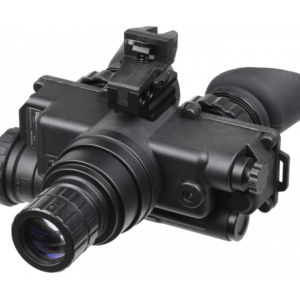
A thermal imaging camera is an indispensable tool for various applications and industries. It allows users to detect temperature differences. They can capture heat signatures that cannot be seen with the naked eye. You should follow the best practices to ensure effective and accurate results when using these cameras.
Different professionals such as electricians, building inspectors or wildlife enthusiasts can use these cameras. We will explore essential tips and guidelines for maximising the potential of these cameras.
Understand thermal imaging basics
Thermal imaging devices are valuable tools for detecting heat signatures. They then display these signatures as visible images. They are used in different industries. Thermal imaging devices detect infrared radiation that objects emit and convert the radiation into a visible image. Every object emits infrared radiation. This is a type of electromagnetic radiation. It is invisible to the human eye.
The radiation is proportional to the temperature of the object. Hotter objects emit more radiation. Thermal imaging devices use a detector to measure the radiation that objects emit and create an image based on the radiation. Two kinds of thermal cameras exist – cooled and uncooled thermal imaging camera. Uncooled cameras use detectors that are sensitive to infrared radiation. They don’t require cooling. Cooled devices use a detector that should be cooled to low temperatures to increase their infrared radiation sensitivity. Cooled devices are more sensitive than uncooled devices but are more expensive.
Preparing for your thermal imaging session
Good preparation is crucial for obtaining reliable images with your night vision equipment. It is recommended to ensure the thermal camera is in optimal condition before starting a session. This includes confirming calibration, checking the battery life, and cleaning the lens of the camera to avoid any artefacts and distortions in the images. The users should consider environmental factors such as humidity and ambient temperature. These factors impact the accuracy of thermal cameras.
Capturing high-quality images
Several factors should be considered during the capture process to achieve high-quality images with your thermal imaging device. You should consider the distance and angle. Make sure you maintain the appropriate angle and distance from the target object to get accurate temperature measurements and reduce image distortion.
The user should know how to focus. He or she should keep the camera steady by using mounts, tripods, or other stability aids. This will help them avoid blurry images. The user should consider capturing images from different angles. This will make it possible to gather comprehensive thermal data. It will also improve analysis.
Thermal imaging device users should utilise annotation tools to mark specific points of reference or interest. They should avoid reflective surfaces because these surfaces can produce inaccurate readings.
Conclusion
A thermal image camera is a powerful tool that offers a lot of applications across different industries. The best practices will help you maximise the usefulness and accuracy of this great technology. Doing this will lead to improved decision-making and efficiency. You should stay up to date with technology in the thermal imaging field and regularly practice with your camera to polish your skills.
